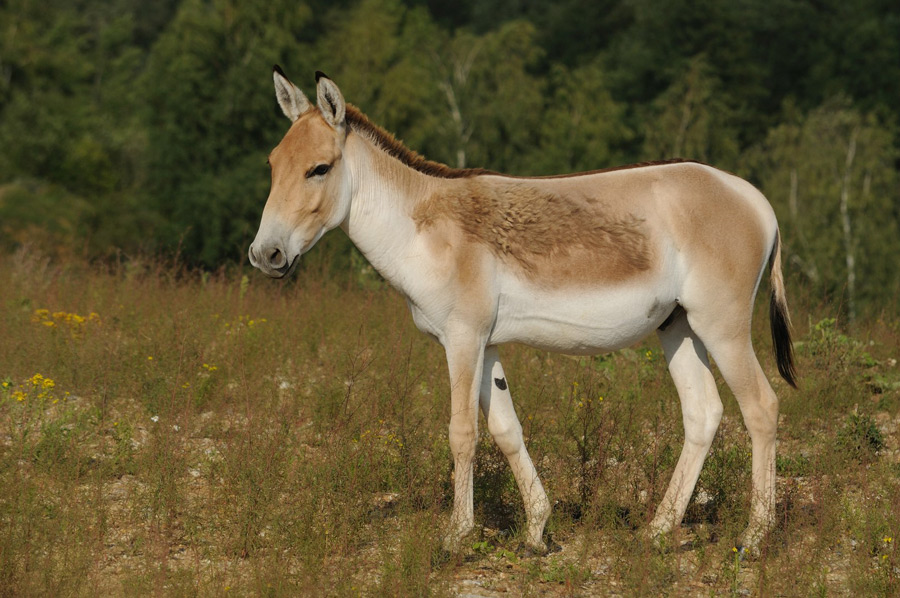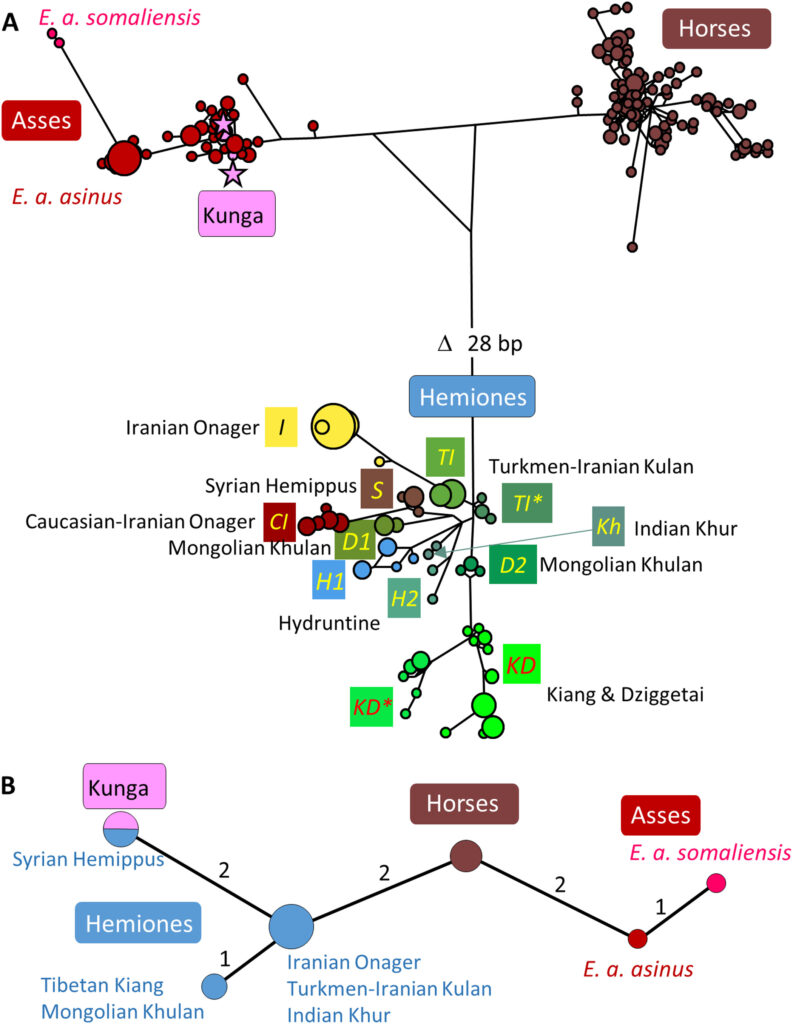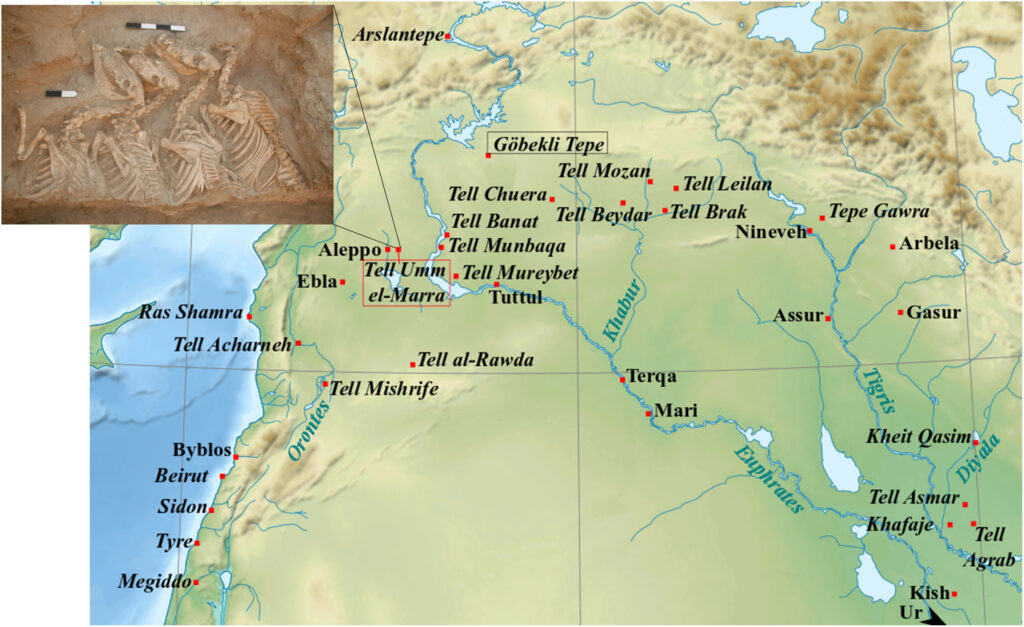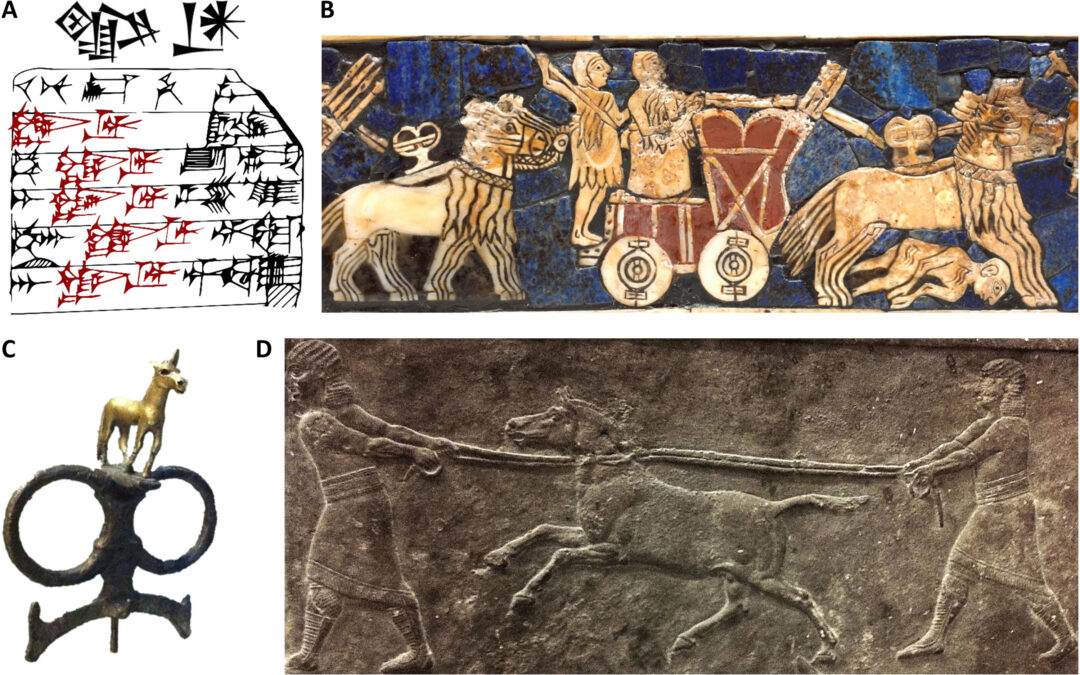In the tapestry of ancient civilizations, the breeding and deployment of animals for warfare, agriculture, and ceremonial purposes was a testament to human ingenuity and social stratification. Among these early endeavors was the cultivation of a prestigious equid known as the “kunga” in the urbanized societies of Syria and northern Mesopotamia during the third millennium BCE. The kunga, shrouded in mystery and valued highly across ancient texts and artifacts, has long intrigued scholars due to its uncertain taxonomic classification. Recent genomic studies have peeled back layers of this enigma, revealing the kunga as the earliest known instance of hybrid animal breeding—an F1 cross between female domestic donkeys and male Syrian wild asses, or hemippes.

The kunga’s significance in the ancient Near East was profound, symbolizing status, power, and the interconnectedness of early urban societies. Cuneiform tablets and seals from this era document the considerable value attached to these equids, noting their use in diplomacy, ceremonial activities, and notably in warfare, where their speed and strength surpassed those of other domestic equids. Despite their prominence, the precise zoological identity of the kunga remained unresolved until recent genomic analyses provided conclusive evidence of their hybrid nature.
Genetic Revelation
The breakthrough in understanding the kunga’s origins came from the analysis of DNA extracted from equid remains unearthed at Umm el-Marra, Syria, and the comparison with genetic material from contemporary and historical specimens of Syrian wild asses and domestic donkeys. This investigation illuminated the kunga as a hybrid species, specifically the progeny of female donkeys and male hemippes. Such a finding not only clarifies the taxonomic status of these ancient equids but also represents the earliest documented case of interspecies hybridization for selective breeding purposes.

Implications for Ancient Societies
The breeding of kungas underscores the sophistication of animal husbandry practices in ancient Mesopotamia, predating the introduction of domestic horses into the region. This innovation reflects a nuanced understanding of genetics and breeding techniques, aimed at producing equids that combined the desirable traits of their parent species. The utilization of kungas in various societal roles, from warfare to agriculture, highlights their integral place in the socio-economic and political landscapes of early urban centers.
The intentional breeding of kungas, particularly at sites like Nagar (Tell Brak), emphasizes the strategic importance of these hybrids in fostering alliances and demonstrating wealth and power among the elites of Greater Mesopotamia. Such practices indicate a deep-seated recognition of the symbolic and functional advantages conferred by these animals, further illustrating the complex interplay between human societies and their domesticated counterparts.

The genomic elucidation of the kunga’s heritage not only solves a long-standing zoological puzzle but also enriches our understanding of early human-animal relationships and the technological advancements of ancient civilizations. The discovery that kungas were F1 hybrids provides a tangible link to the past, revealing the sophisticated breeding strategies employed by our ancestors to enhance their quality of life and consolidate their societal structures. This research not only casts light on the innovative spirit of ancient Mesopotamians but also sets a precedent for the study of domestication and hybridization in the animal kingdom, offering insights into the evolutionary trajectories influenced by human intervention.









